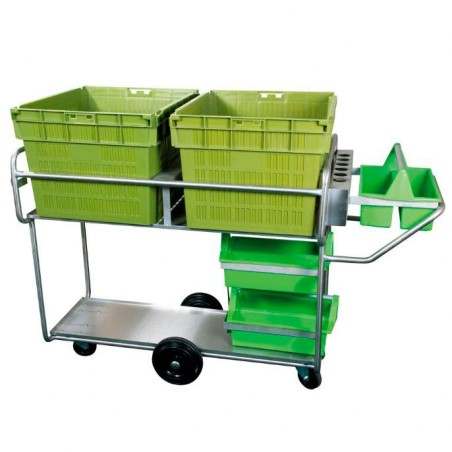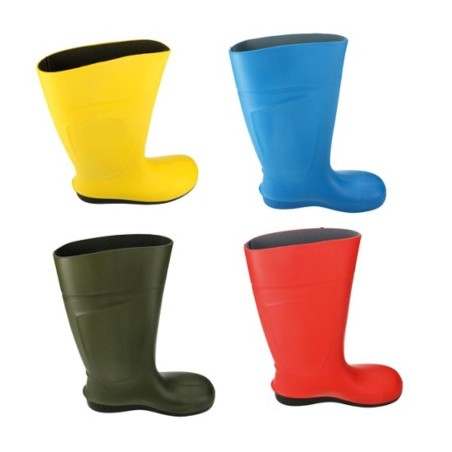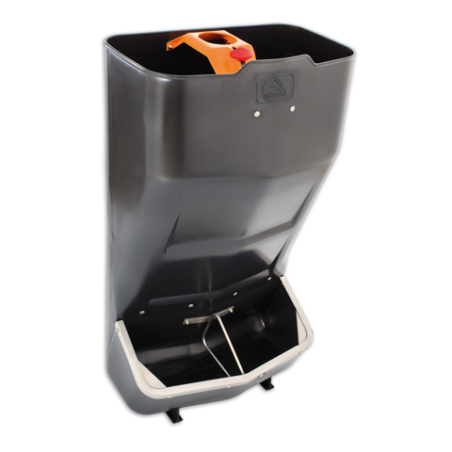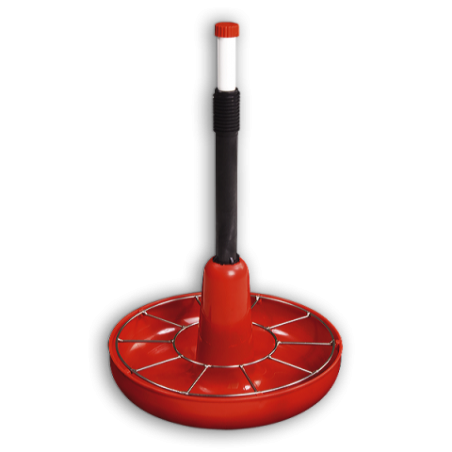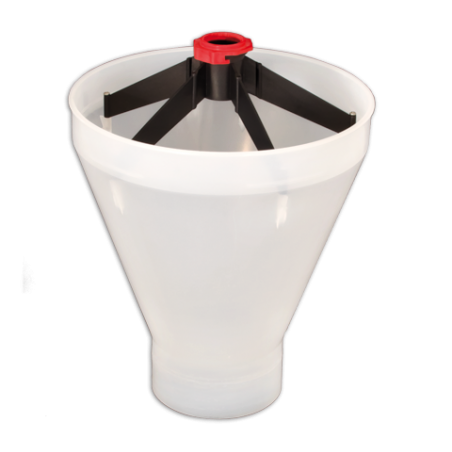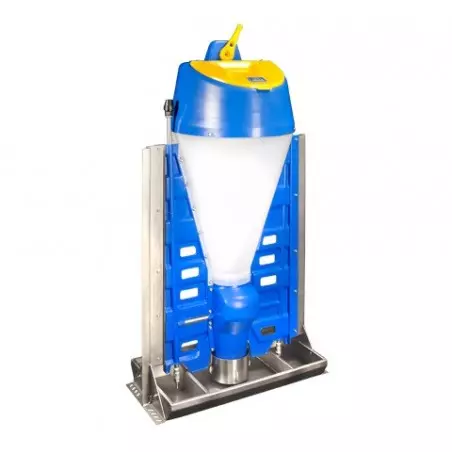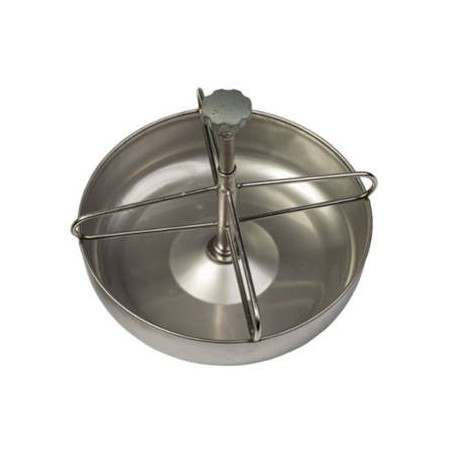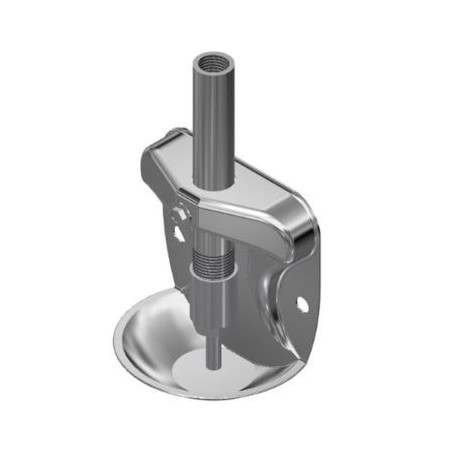In the previous article and following the order of events, we discuss the importance of the weaning process with a single objective: reducing piglet stress during this process.
We already have the piglets in the nursery, at a recommended stocking density of 0.3m2/piglet and we have them separated, if appropriate, by sex and size.

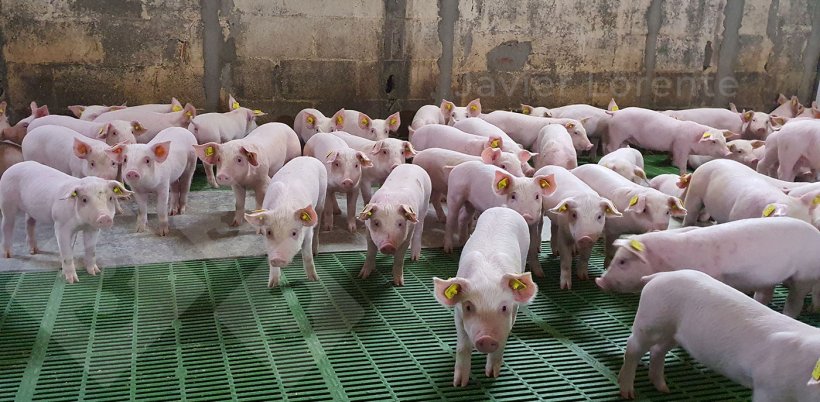
Photo 1. Piglets in the nursery.
Our next objective is to get the piglet adapted very quickly to its new location, get it comfortable, and above all, get it started drinking and eating as soon as possible, although in a controlled manner to avoid digestive problems.
To achieve these objectives, again recalling that piglet weaning weight is the fundamental factor, we focus on three aspects:
1. Cleaning and disinfection: rooms prepared and checked
Before any animals enter the room:
- It must be properly washed, preferably with hot water, disinfected, dry, and free of organic matter. This should include all equipment (hoppers, dishes, etc.), pits, and water supply systems. You can review numerous articles related to cleaning farms here.
- There must be one week of downtime.
- We must check that all feeders and drinkers work well.
- The room should be preheated to 28ºC for piglet entry and the heat mats or heat lamps should be on and working.
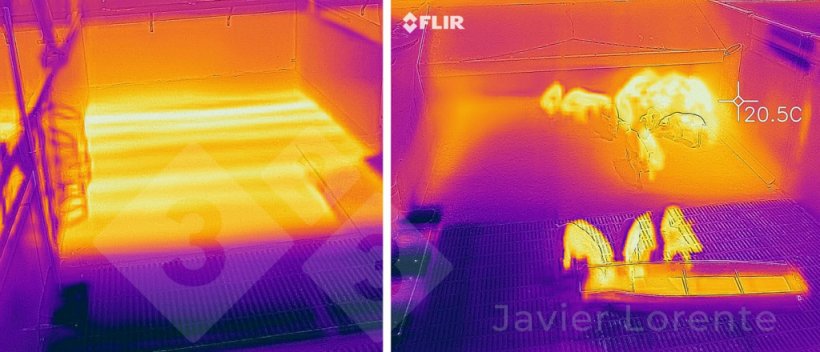
Photo 2. Left: Thermographic image of a correctly functioning heated floor. Right: Thermographic image of a malfunctioning heated floor, with a zone that is practically inactivated.
- Ventilation must be checked and working properly.
- We should check periodically whether the insulation of the room is adequate or if it has lost its properties and make the appropriate decisions.
2. Environmental comfort
When the piglet enters the nursery it should find thermal conditions very similar to those in the farrowing room, which is why the following are recommended:
- Set the temperature of the heat mats to 28ºC-30ºC or achieve this temperature with lamps at piglet height and decrease the temperature by 1ºC every week.
- Observe the animals to make sure that the temperature we are aiming for is actually achieved.
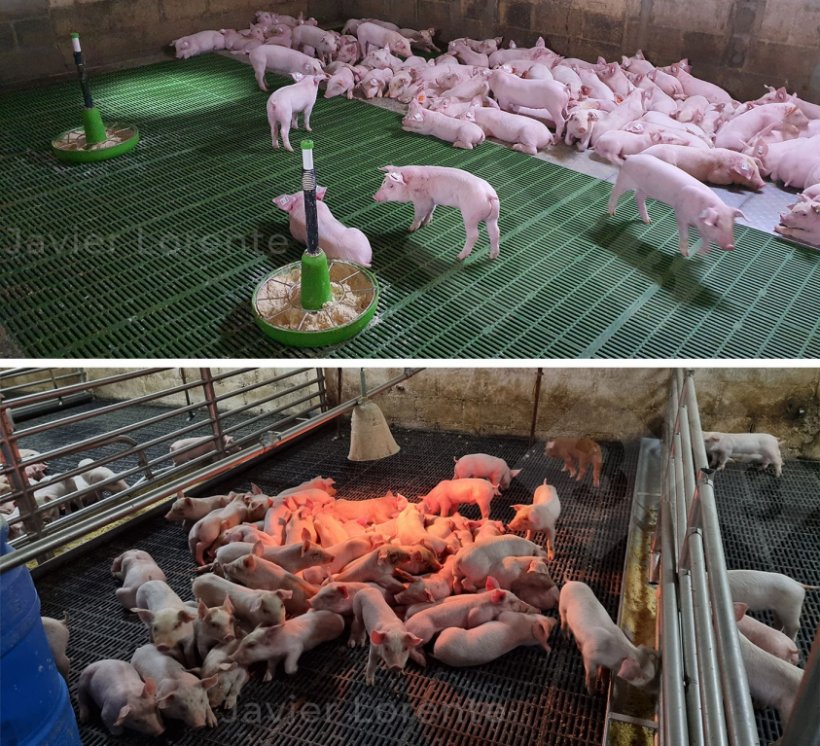
Photo 3. Above: Piglets resting properly. Below: Insufficient heat lamp.
- We should not go about achieving the proper temperature by limiting ventilation. We should always ventilate, even minimally, to maintain a humidity level that does not exceed 70% and CO2 levels that do not exceed 2000-2500ppm.
- Try to minimize thermal oscillations.
These days we have probes that allow us to monitor all these parameters in real time.
3. Feeding: water and feed
The other essential point to getting the piglet well adapted and quickly to its new home is to get it to start drinking and eating as soon as possible and that piglets do so properly:
• Water: This is still a weak point on many of our farms, although increasingly less so. We have to address two variables when it comes to water consumption:
Water quantity: Newly weaned piglets should drink between 3 and 5 liters of water and, for this, we have to consider:
- Available flow
- Drinker height
- Number of water points

Recommendations for drinkers for recently weaned piglets.
The amount of water consumed also depends on how much we are able to stimulate the piglets to drink, and the type of drinker is a determining factor. Nowadays, multi-spot drinkers with a constant water level valve are being installed on farms, although there are also other types of drinkers such as hanging drinkers. The latter encourages the piglets to start drinking quickly because they play with them, but they cause a lot of water wastage because the animals play with them.
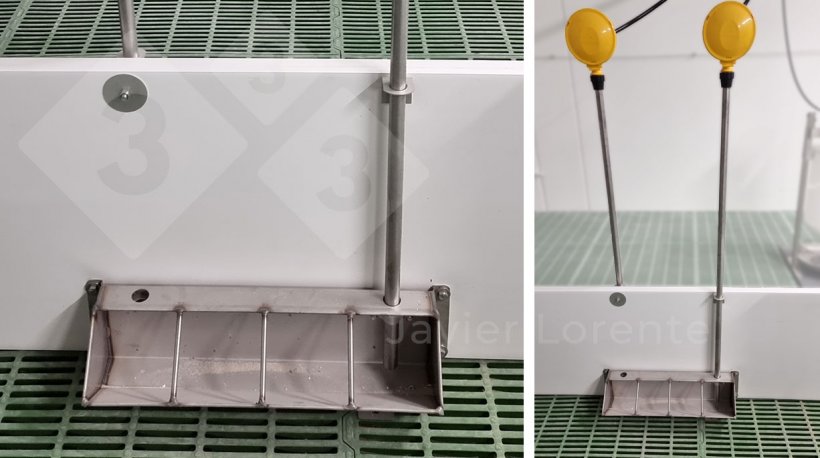
Photo 4. Large drinking trough with water level valve.
The use of additional hoppers or dishes with water only so that water is readily available to the piglet may also be recommended.
Water quality: Having treatment systems that ensure adequate and constant physicochemical and microbiological water quality is, nowadays, and even more for the countries where zinc oxide has been banned, an absolutely essential measure. As a recommendation, I believe it is important to be able to work with a water pH of around 5.
• Feed: Now that the piglets are already in the nursery, to get them to start eating as soon as possible, but in a controlled manner, my recommendations would be:
- Remember the importance of creep feeding in the farrowing room to get the piglets quickly adapted to solid feed.
- In the nursery, start with the same feed that they were eating in the farrowing room. Remember that smell is the pig's most developed sense, so adding some flavoring to the feed in the first two days, or small amounts of other feed with these properties can help encourage consumption.
- Provide enough feeder space per animal:
- Dry feeders: 5 cm/piglet
- Wet-dry feeders: 2.5 cm/piglet
- In my opinion, it is not necessary for all piglets to have a hopper added for the first few days. We usually separate piglets into three groups: large, medium, and small so one option would be:
- Large piglets: No extra hopper
- Medium and small piglets: Extra hopper
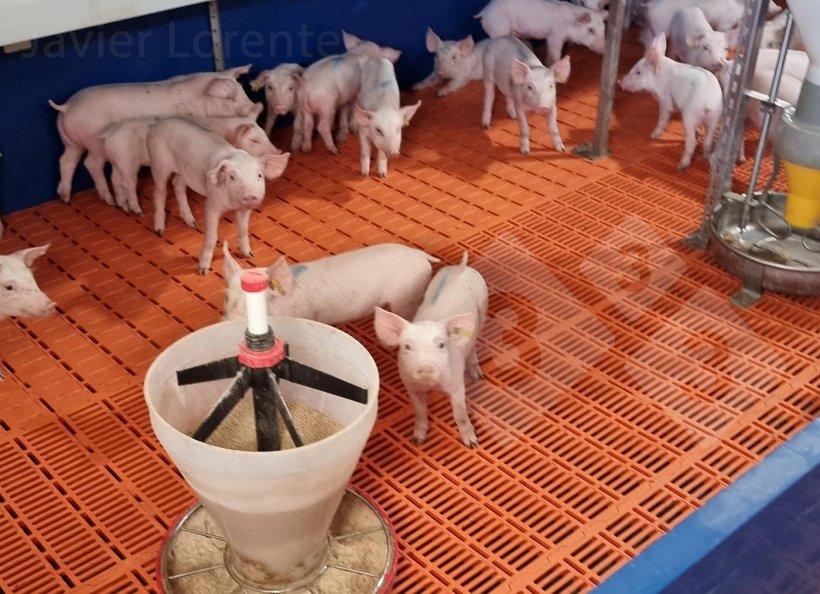
Photo 5. Group of small or medium piglets with an added hopper.
- But, for the additional hopper to make sense, it has to:
- Be clean
- Have fresh feed → A small amount several times a day.
- Be well located → Make full use of all its space.
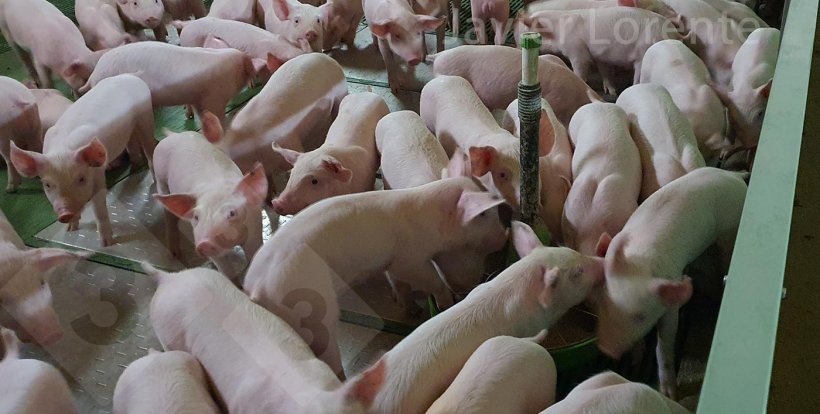
Photo 6. The hopper is poorly positioned, too close to the separation between pens, leaving one of its access points practically unusable.
- It has been proven that visible and available feed is always more attractive to the piglet than the feed it has to fight for.
- What must not happen is that piglets arrive at the nursery and there is no feed or they are not able to get the feed out of the hopper.
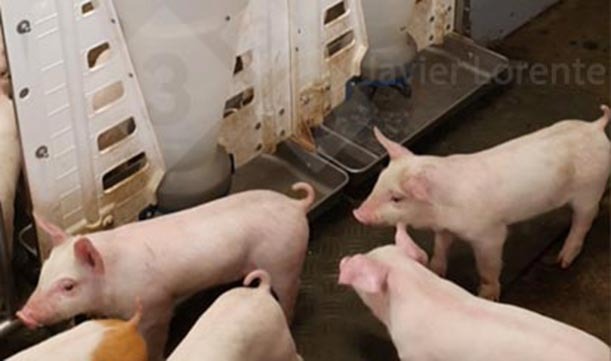
Photo 7. Hoppers without feed when piglets are arriving at the nursery.
- Last but not least, it is essential to regulate the feeders well so that the piglet can access the feed, but without wasting anything. In addition, with large piglets, it is necessary to be restrictive so that at least 70% of the hopper surface area is empty to avoid excessive consumption in the first hours.
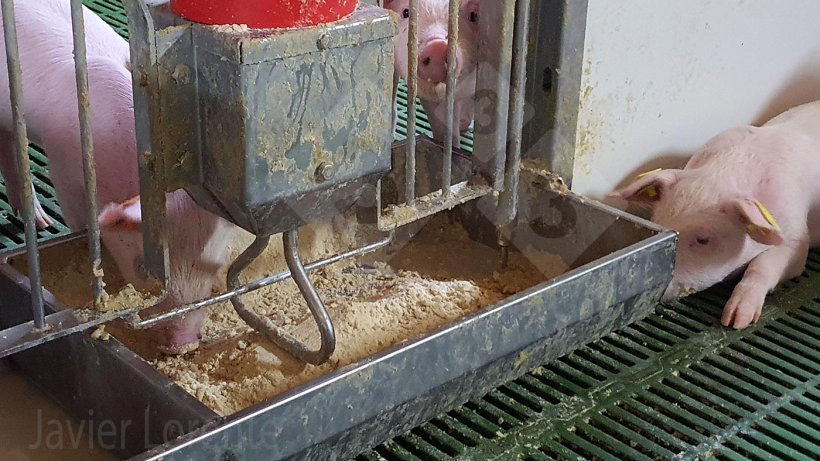
Photo 8. Hopper with too much feed.
If we have to wean at an early age, or if weaned at 24-26 days where we have groups of piglets weighing less than 4.5 kg, it is good to work with additional systems of artificial milk and/or gruel during the first days after weaning. Management of these systems can be complicated so we will talk about this in future articles.
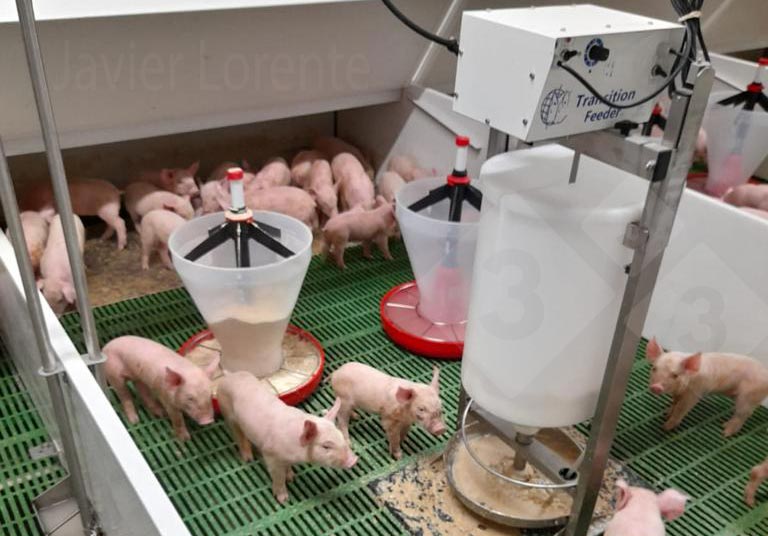
Photo 9. Gruel system and milk dishes for the smallest or weakest piglets.




